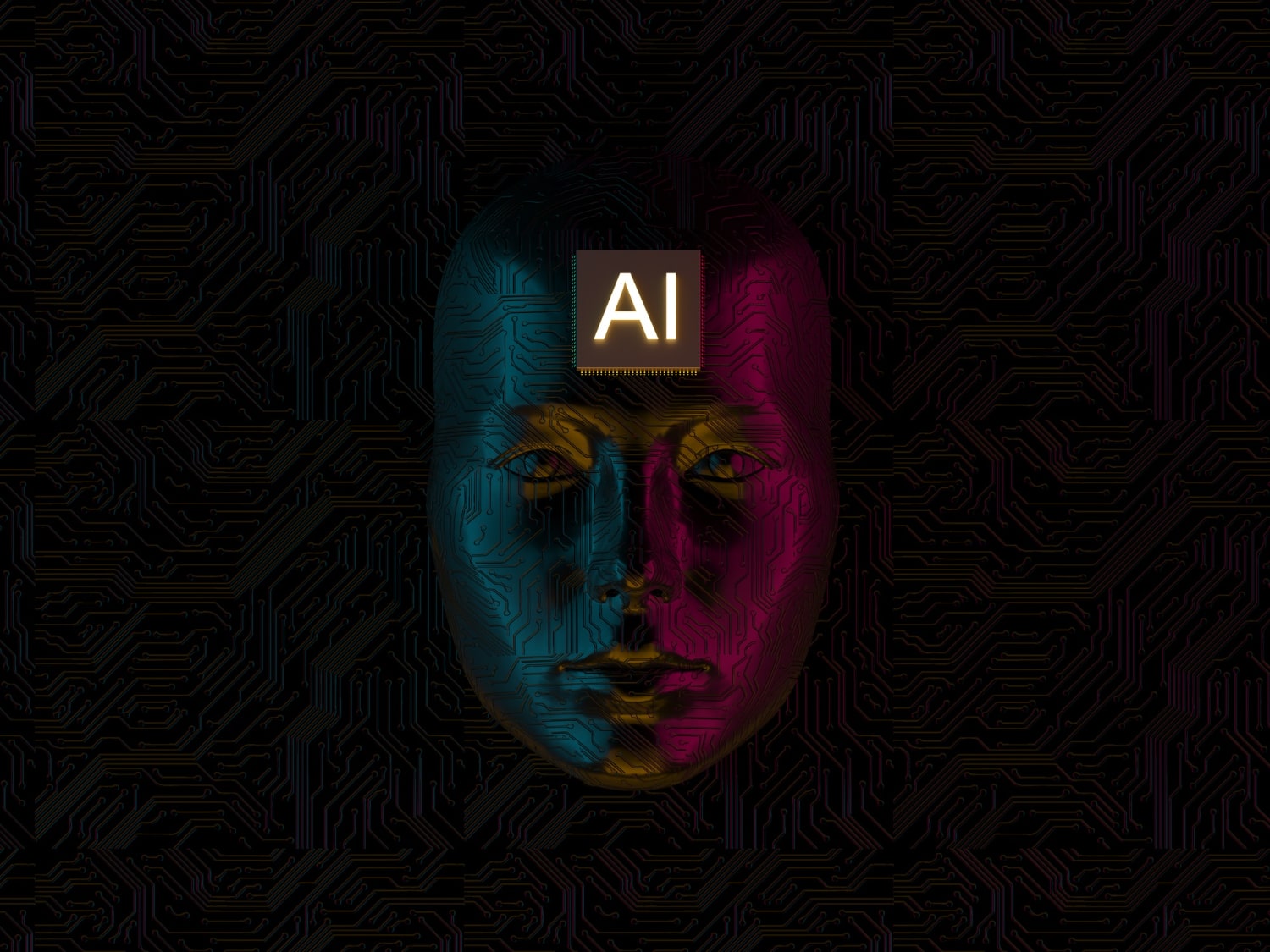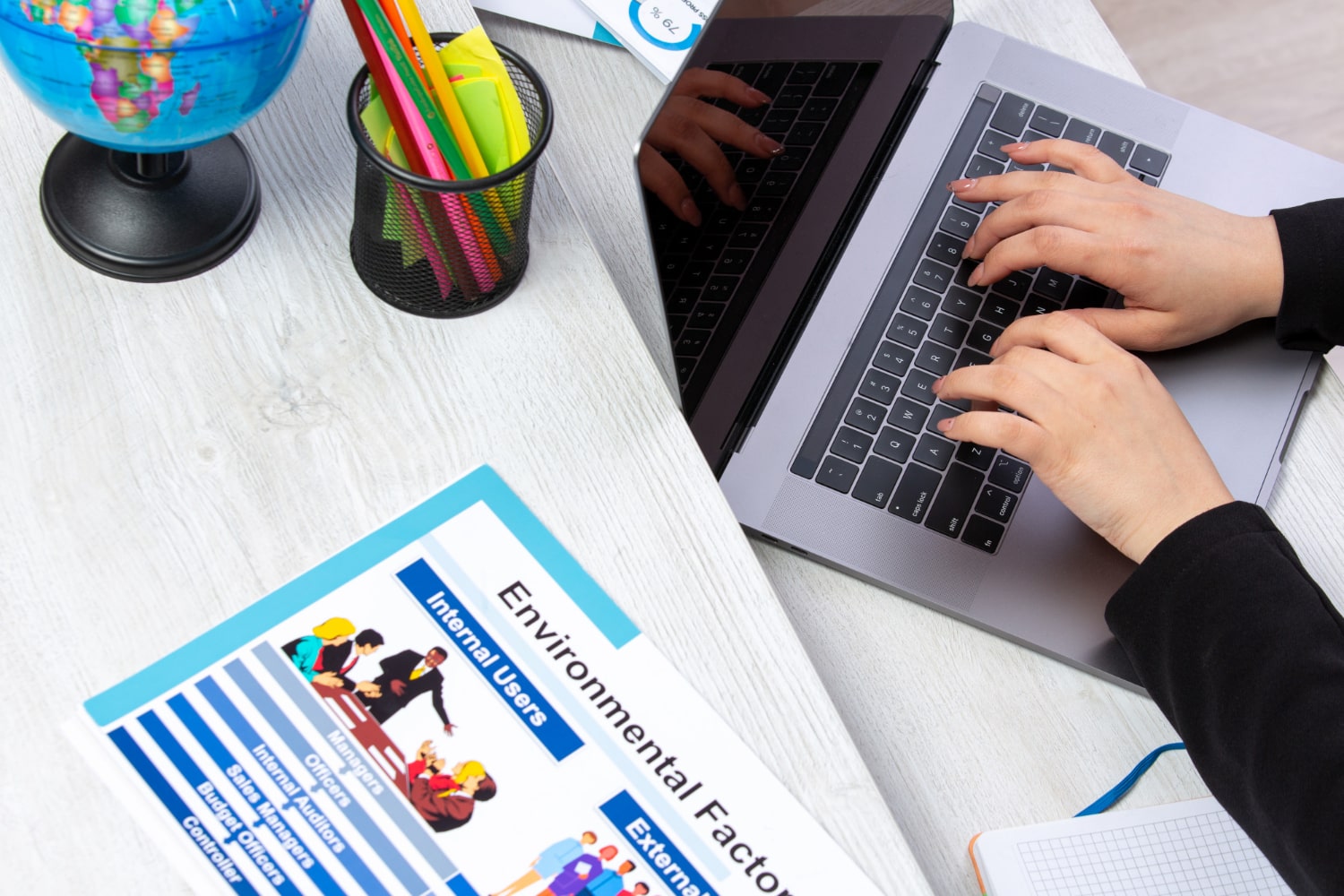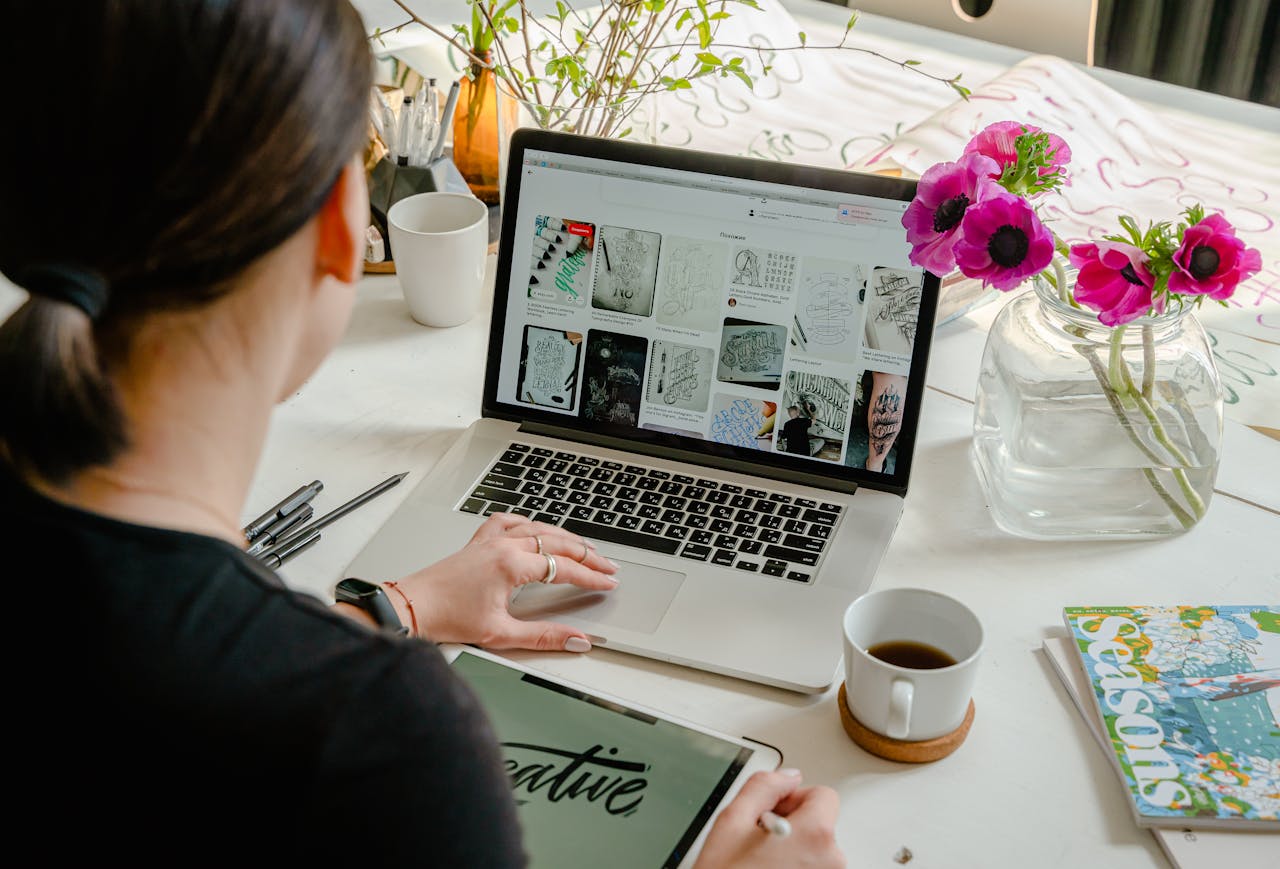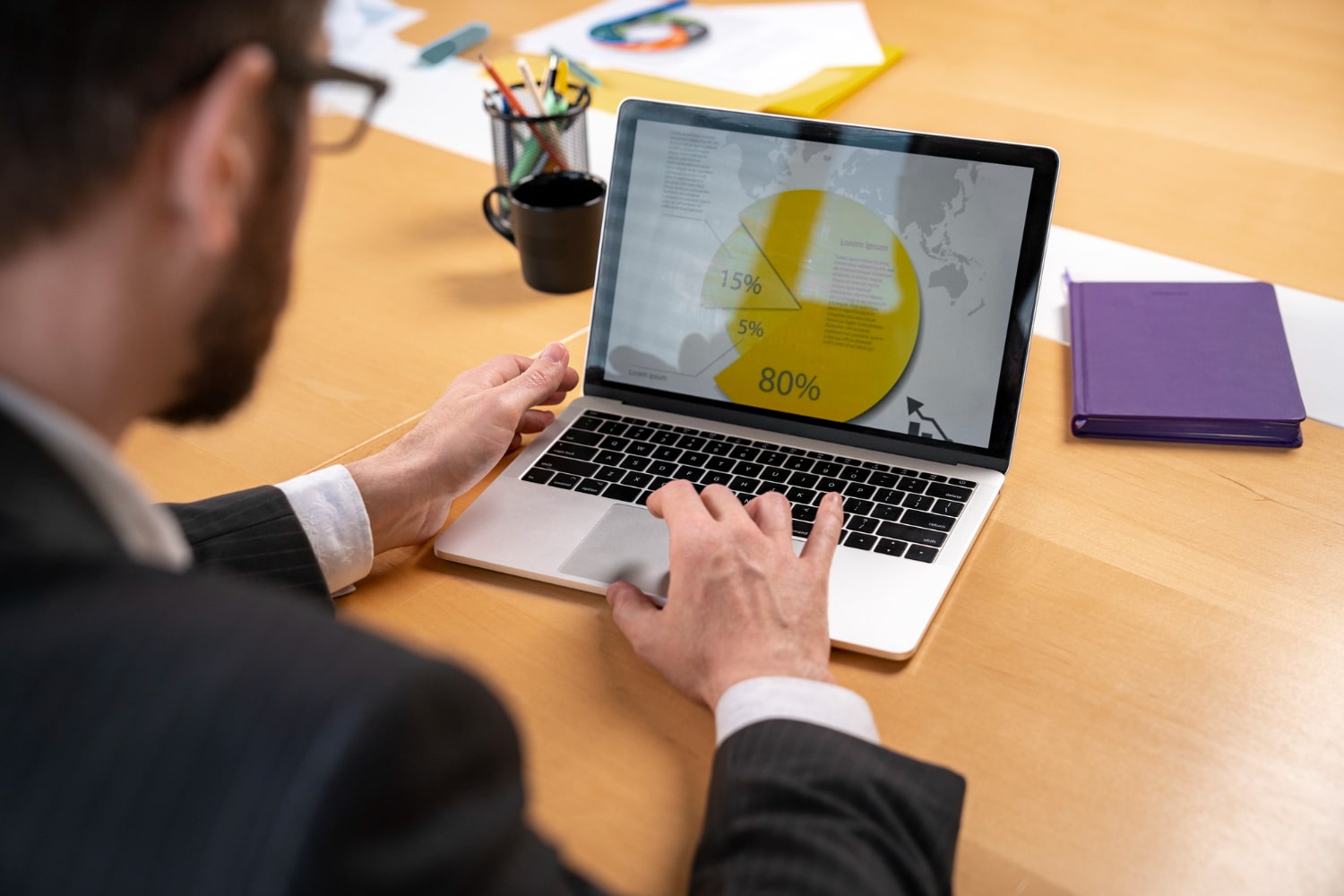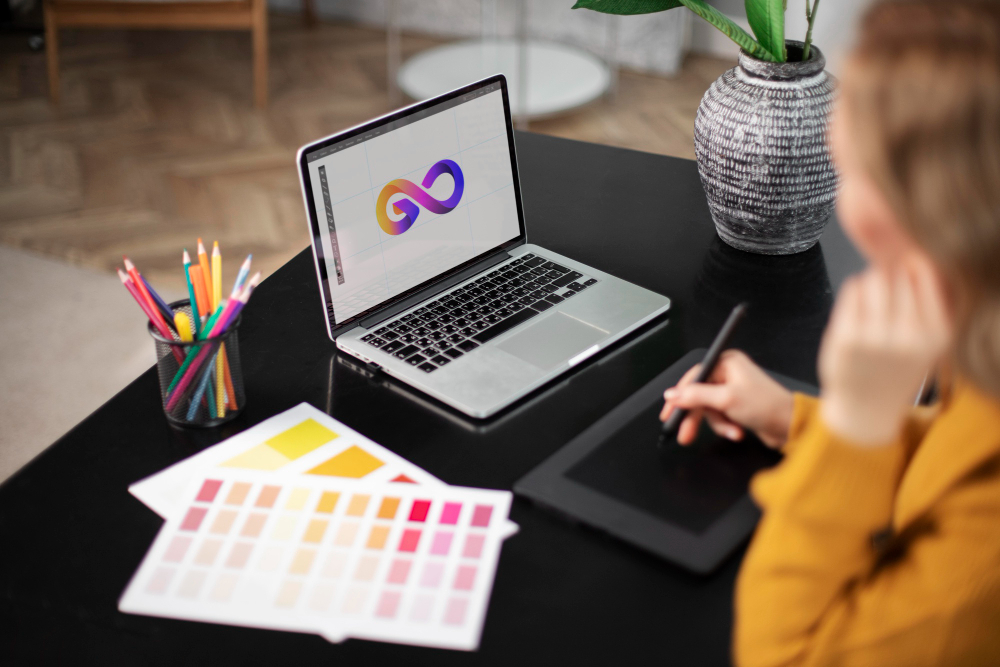Graphic Design with Artificial Intelligence: A Revolution in Creating Professional Designs – In today’s digital world, graphic design has become one of the main pillars of business success. An attractive and professional design not only captures the audience’s attention but also conveys the brand message in the best possible way and creates an exceptional user experience. However, graphic design always comes with its own challenges, such as the need for high creativity, significant time investment, and considerable costs.
However, the emergence of Artificial Intelligence (AI) in this field has created a fundamental transformation. AI has been able to automate certain processes, improve design quality, and reduce time and costs, revolutionizing graphic design and offering a unique opportunity for designers and businesses.
In this article, we comprehensively examine the role of artificial intelligence in graphic design, its benefits, popular tools, challenges, key considerations, and the future of this field.
Why is Artificial Intelligence Changing the Future of Graphic Design?
Artificial intelligence, as a branch of technology that enables machines and systems to learn from data, make decisions, and perform complex tasks, has entered the field of graphic design. By using machine learning algorithms, neural networks, and big data analysis, it has become possible to create innovative designs tailored to market needs.
Increasing Content Production Speed
Graphic design is usually a time-consuming process that requires great precision and creativity. AI can generate hundreds of design samples in just a few minutes, allowing designers to work faster and focus more on the creative aspects.
Improving Design Quality
AI, by analyzing data and user feedback, can optimize color combinations, fonts, and design elements based on psychology and marketing principles. This enhances the impact and appeal of designs.
Reducing Costs
AI automates various parts of the design process, reducing the need for human labor and consequently lowering project-related costs.
Personalization and Audience Adaptation
AI systems can analyze user behavior and preferences, delivering designs perfectly tailored to each user’s needs, enhancing the user experience.
Top 5 AI Tools for Graphic Designers
Currently, a large number of artificial intelligence tools have been introduced in the field of graphic design, each with unique features and applications. Here, we introduce 5 popular and widely used tools.
Adobe Sensei
Adobe Sensei is an artificial intelligence and machine learning technology integrated into Adobe Photoshop, Illustrator, and other Adobe products. This tool helps designers simplify complex processes, such as automatic object detection, color enhancement, and automated content generation.
Canva AI
Canva AI is a simple online tool that uses artificial intelligence to enable non-professional users to create fast and attractive designs. By offering smart templates and design suggestions, Canva has made the graphic creation process much easier.
Designhill AI Logo Maker
This tool is specifically designed for logo design using artificial intelligence. By simply entering the brand name and a few basic details, users gain access to thousands of diverse and editable logo designs.
RunwayML
RunwayML is a powerful platform that allows artists and designers to create artistic images, interactive videos, and creative visual content using machine learning. This tool leverages advanced technologies to generate visual content.
DALL·E
DALL·E is one of OpenAI’s advanced tools that can generate creative and realistic images based on textual descriptions. This tool is particularly useful for quickly producing conceptual and inspirational images.
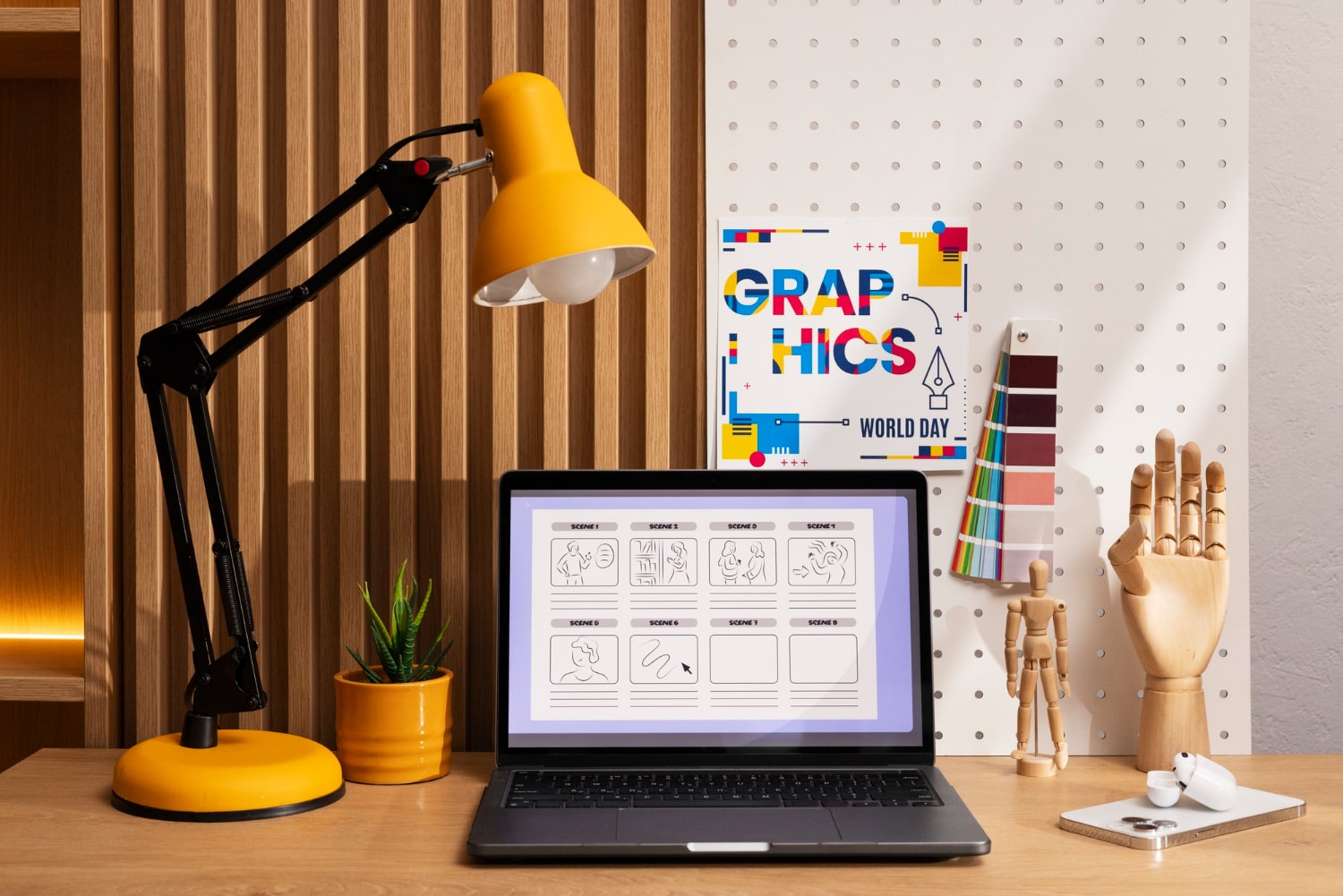
Challenges and Opportunities of Artificial Intelligence in Graphic Design
Every new technology comes with challenges and limitations, and artificial intelligence is no exception. However, it also offers many opportunities that can be leveraged through smart management.
Opportunities
Improving Productivity: Automating repetitive processes creates more opportunities to focus on creativity and innovation.
Extensive Personalization: The ability to create designs tailored to each user’s preferences and needs increases engagement and customer satisfaction.
Easier Access: AI-based tools have made design accessible to non-professional users, lowering the barriers to entry in the design field.
Creating New Styles: AI can generate new and creative patterns that were previously unimaginable by humans.
Challenges
Lack of Human Creativity: AI cannot replace human intuition and creativity, and in some cases, designs may appear repetitive or clichéd.
Dependence on Data: The quality of AI outputs depends on the input data and algorithms, and incomplete data can reduce the quality of designs.
Legal Issues: Intellectual property and rights related to designs generated by AI are still unclear under the laws of many countries.
Need for Technical Knowledge: Effective use of AI tools requires technical knowledge and skills, which may be challenging for some users.
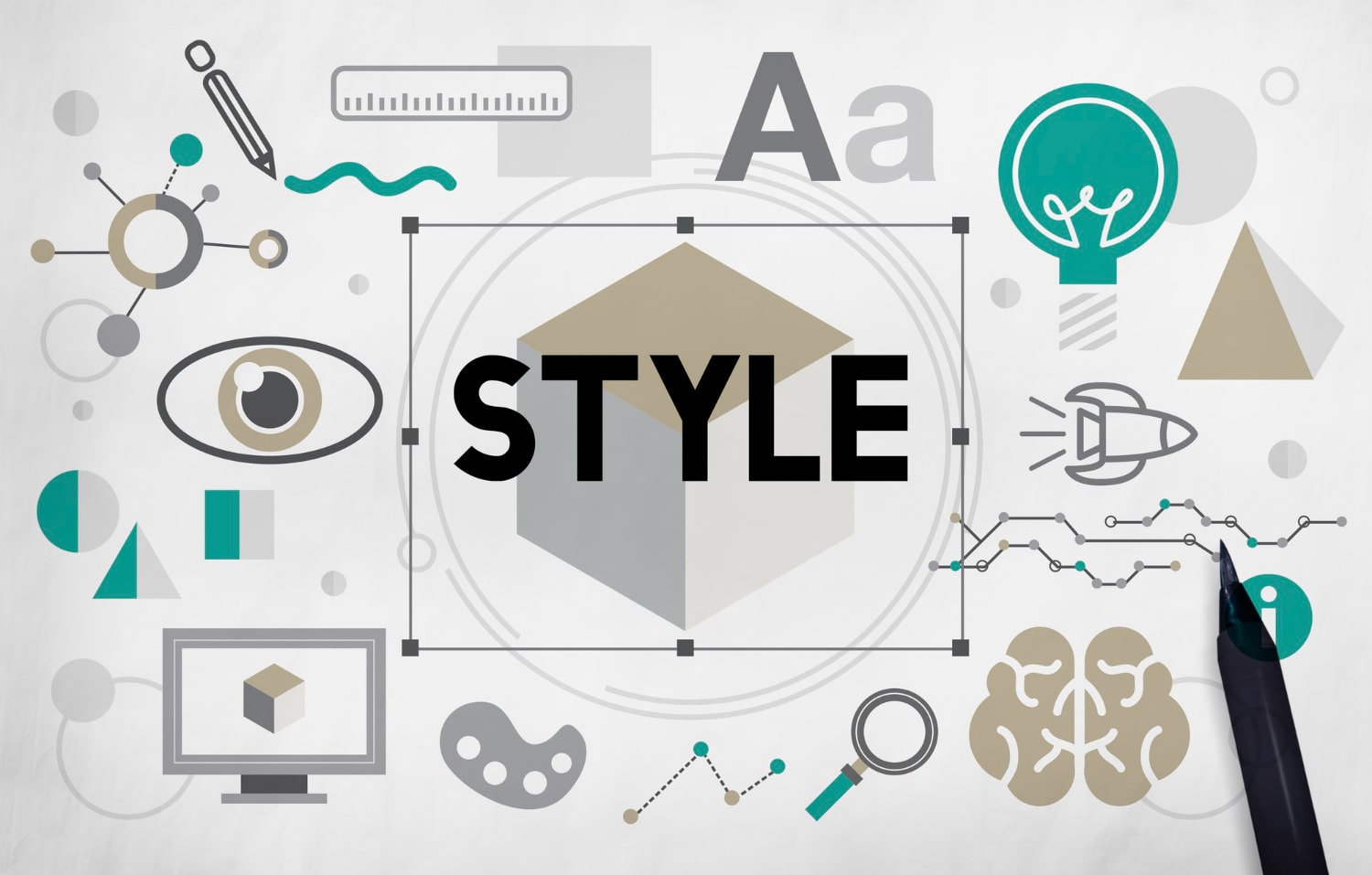
Key Points for Choosing the Best AI-Powered Graphic Design
To successfully leverage artificial intelligence in graphic design, several important points must be considered:
Fully Understanding Brand Needs
Before starting any project, the design goal, brand message, and target audience must be clearly defined to ensure that the designs align with the brand’s identity and strategy.
Not Relying Completely on Artificial Intelligence
Artificial intelligence is an auxiliary tool and cannot replace designers’ creativity and experience. AI-generated results should be reviewed and edited.
Focusing on Human Creativity
To create unique and appealing designs, human creativity must be preserved in the design process, avoiding repetitive designs.
Continuous Testing and Optimization
Improve designs by gathering user feedback and analyzing performance data to ensure maximum impact.
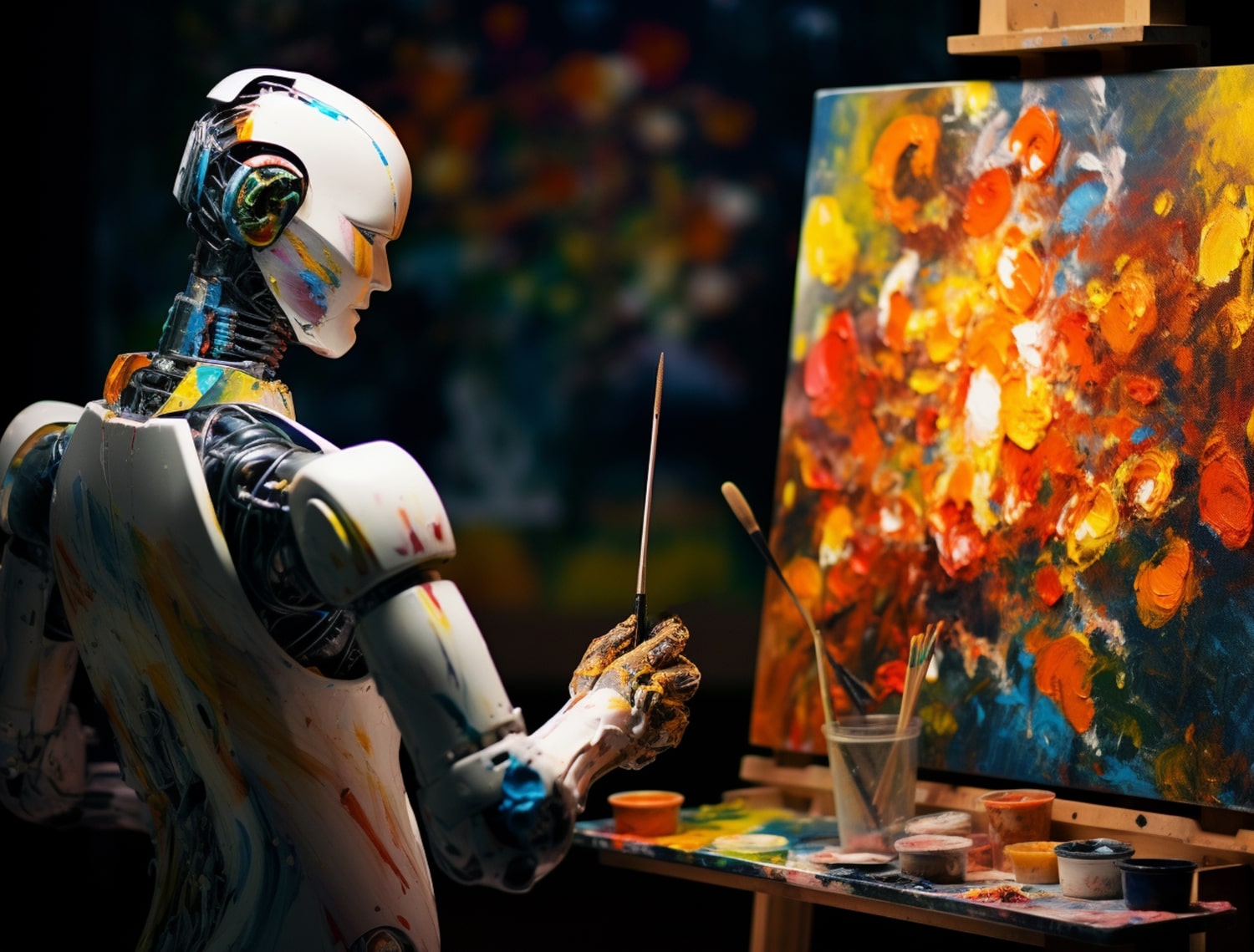
The Future of Graphic Design with Artificial Intelligence
Artificial intelligence is rapidly advancing and is completely transforming the landscape of graphic design. In the near future, we will see more advanced, intelligent, and interactive tools that not only enhance visual designs but also offer deeper personalization, dynamic content creation, and even fully automated advertising campaigns.
Closer collaboration between humans and artificial intelligence will enhance the quality, creativity, and effectiveness of designs. Designers will use AI as a powerful assistant to realize innovative ideas, rather than being replaced by it.
Conclusion
Artificial intelligence in graphic design has provided a unique opportunity for businesses and designers to significantly enhance speed, quality, and creativity. However, success in this field requires a clear understanding of needs, selecting the right tools, preserving human creativity, and continuous optimization. Combining AI capabilities with human art and experience will be the key to creating professional and lasting designs in the future of the graphic world.
FAQ
What are the Applications of Artificial Intelligence in Graphic Design?
Artificial intelligence has multiple applications in graphic design, including automatic image and logo generation, optimal color selection, enhancing user experience (UX/UI), and creating creative visual content. This technology, through data analysis and machine learning, helps improve the speed and quality of designs.
Does using artificial intelligence reduce the cost of graphic design?
Yes, artificial intelligence automates a large part of the design process, reducing the need for human labor and consequently significantly lowering the costs associated with graphic projects.
What are the Best AI Tools for Graphic Design?
Popular tools include Adobe Sensei, Canva AI, Designhill AI Logo Maker, RunwayML, and DALL·E, each offering unique features for fast, creative, and professional design production.
Can Artificial Intelligence Replace Human Creativity?
No, artificial intelligence is an auxiliary tool and cannot replace human creativity and emotions. The most successful designs are a combination of human creativity and AI capabilities.
How Can Artificial Intelligence Be Used for Design Personalization?
Artificial intelligence, by analyzing user behavior, preferences, and needs, can provide customized designs tailored to each individual, increasing audience satisfaction and engagement.
Does Using Artificial Intelligence in Graphic Design Require Technical Knowledge?
Some AI tools are very simple and user-friendly and do not require specialized knowledge, but to fully leverage advanced features, technical knowledge and experience with specialized software are useful.
What Are the Legal Issues of Using AI-Generated Designs?
The intellectual property of AI-generated designs is still under review in many countries, and questions may arise regarding copyright and commercial use. Therefore, their use should be approached carefully and with legal consultation.
What Impact Does Artificial Intelligence Have on the Speed of Graphic Design Projects?
Artificial intelligence, by rapidly generating diverse designs and automating repetitive parts, significantly reduces the execution time of design projects and increases the productivity of the design team.
How Can the Best AI Tool for Design Be Chosen?
Choosing the right tool depends on the project’s needs, the user’s skill level, and the budget. It is best to review the features and limitations of each tool before selection and use a trial version if available.
What Will the Future of Graphic Design with Artificial Intelligence Be Like?
The future of graphic design with artificial intelligence is bright and full of innovation. Technological advancements will create smarter, more interactive, and more creative tools, facilitating human-machine collaboration to produce unique and dynamic designs.

